Is microfiber toxic? Scientists separate fact from fiction and share eco-friendly alternatives for a greener home
This plastic-based tool is not as bad as you may think

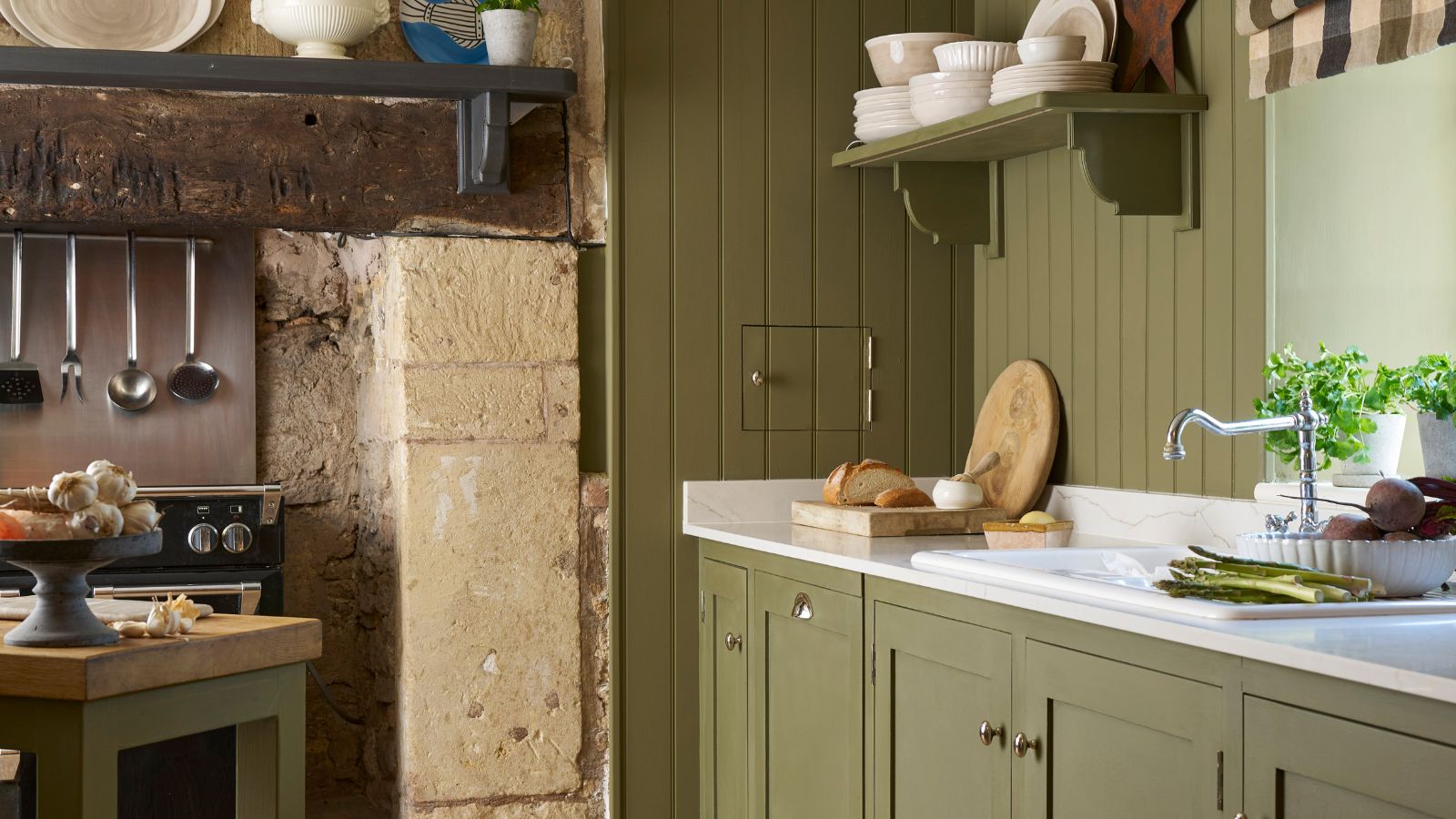
Microfiber cloths are touted as one of the best sustainable cleaning tools, but is microfiber toxic?
Given that it's made from a blend of synthetic fibers, you could be forgiven for assuming these cleaning cloths may actually be toxic. However, professional cleaners are reassuring fans – this writer included – that the material is perfectly safe for your home, albeit slightly damaging for the planet.
Here, they reveal the exact effects of microfiber in your home and offer some plastic-free, non-toxic cleaning products you can try if you fancy a change.
Is microfiber safe?
The short answer is yes, these cloths are safe and considered non-toxic. In fact, microfiber cloths are the sustainable must-have, according to cleaners.
Dr. Chris DeArmitt, an internationally recognized expert in plastic materials and environmental science, explains, ‘Microfiber cloths are made of polyester, aka PET (polyethylene terephthalate). It is non-toxic.
'In fact, rats were given a diet of 5% PET for months with no effect whatsoever. PET is as safe as the most non-toxic substances, including clay from soil and cellulose, which is what plants and trees are made of.'
When used correctly to deep clean a home microfiber cloths do not shed these plastics, making them safe to use on a daily basis. The problem, however, arises when we wash the cloths.
Design expertise in your inbox – from inspiring decorating ideas and beautiful celebrity homes to practical gardening advice and shopping round-ups.
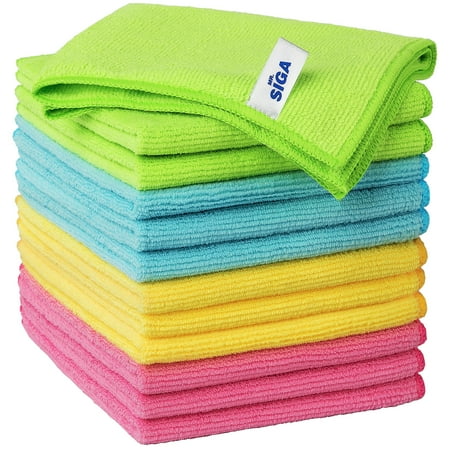
Microfiber cleaning cloths are one of the most versatile cleaning tools. With this colorful pack, you can easily color-code your cleaning, too, to help prevent cross-contamination between rooms.
Is microfiber bad for the environment?
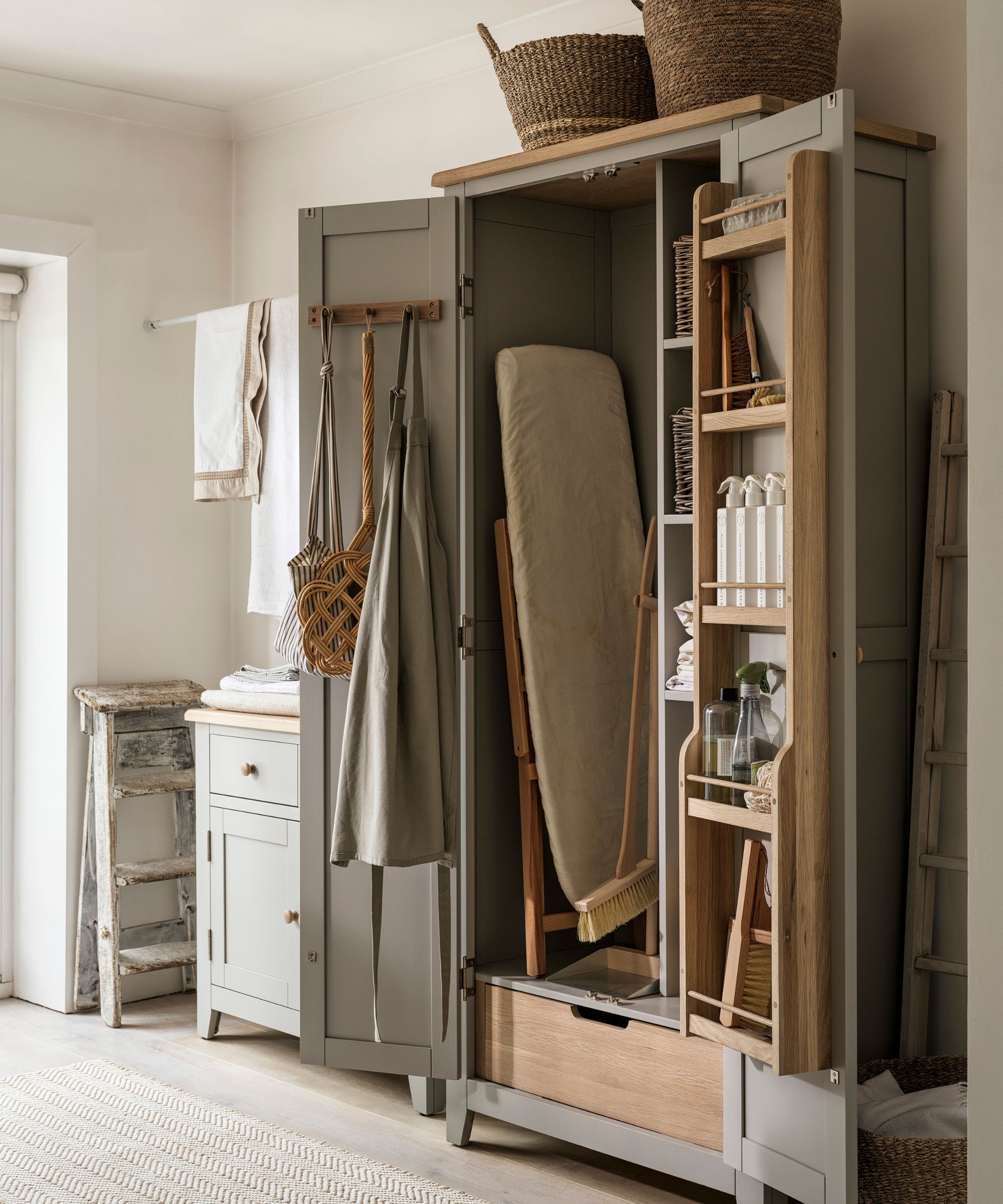
Microfiber cloths should be a staple in anyone cleaning cabinet.
Despite these cloths being non-toxic, washing microfiber cloths can release microplastics. While this is not immediately damaging to our health, they can have a cumulative effect on the environment, and the long-term effects are unknown.
As Dr. Li Li, associate professor at the University of Nevada, explains, ‘Synthetic textile fabrics are designed to be durable, so the synthetic microfibers, which we normally call “microplastics”, cannot be efficiently removed from the environment. Over time, they can even end up in us.
‘Several studies have confirmed that microplastics have been found in human tissues, including the brain. Of course, scientists are still debating whether the presence of microplastics in the human body really has something to do with human health, but we just do not want plastic to stay in our bodies when the science is not clear right now.
'If it turns out later that these microplastics do have harmful effects, it is not like we can go back and “undo” the exposure.’
Fortunately, there are several microfiber cloth mistakes you can avoid to minimize their impact and extend the lifespan.
Alicia Sokolowski, cleaning expert and founder of Aspen Clean, adds, ‘Besides choosing high-quality cloths made from natural fibers like organic cotton or unprocessed bamboo cloths [availible at Amazon], we recommend reducing overall microfiber shedding by washing cloths less frequently, using gentle cycles with cold water when doing laundry, avoiding fabric softeners or traditional chlorine bleaches.'
Opting for a gentle detergent, such as Tide Free & Gentle, from Target, can also help to prolong the lifespan of your cloths.
Alicia continues, ‘For cleaning, using reusable cotton towels or even natural sponges [such as cellulose sponges, available at Target] can also help minimize microplastic release if you want to try some alternative cleaning tricks to reduce plastic use at home.
'Ultimately, balancing effectiveness, durability, reusability, and reducing environmental impact is key to choosing the best cleaning tools for your home while keeping the planet in mind.’
What to shop
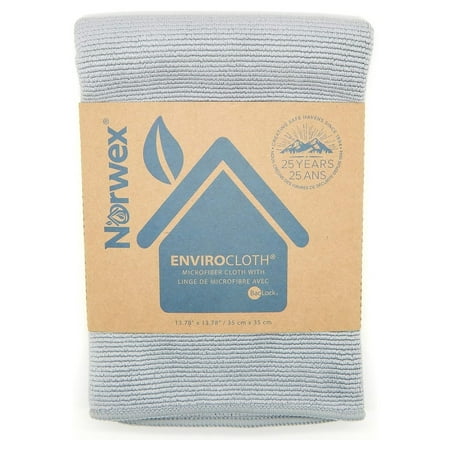
The Enviro Cloth may be pricier than standard microfiber cloths, but it's OEKO-TEX–certified, witha special BacLock coating (an anti-microbial agent) to prevent bacteria buildup and keep it fresher for longer.
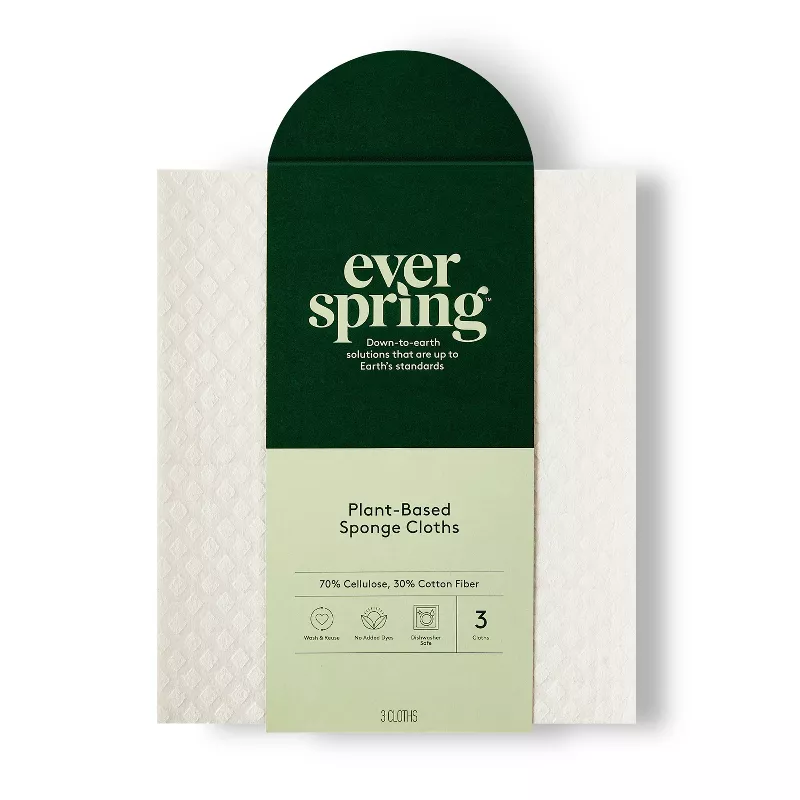
Sponge cloths are plant-based, meaning they are free from plastics and decompose in compost heaps in around 10 months, making them an eco-friendly, plastic-free alternative to microfiber cloths.
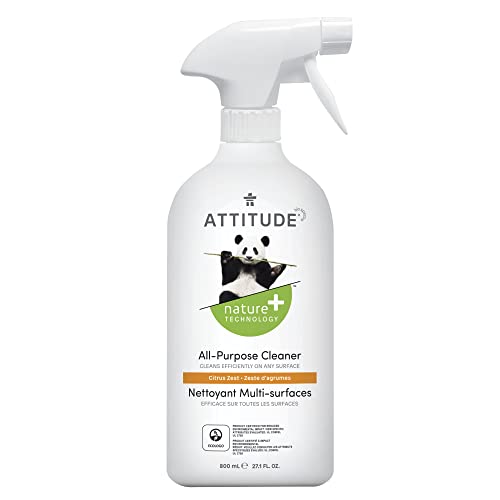
Keep the rest of your cleaning routine non-toxic by pairing essential tools with non-toxic sprays. The Environmental Working Group (EWG) has certified Attitude products as non-toxic, meaning they contain no harsh chemicals or artificial compounds.
FAQs
What is OEKO-TEX microfiber?
OEKO-TEX Standard 100 microfiber is certified to be non-toxic, and indicates the absence of harmful chemicals such as azo dyes, formaldehyde, nickel, and other harsh compounds.
Are microfiber sheets non-toxic?
Many microfiber bed sheet sets are non-toxic; however, it is wise to opt for OEKO-TEX-certified microfiber sheets to ensure that they are free from potential harmful chemicals such as phthalates, formaldehyde, and flame retardants.
Meet the experts

Dr. DeArmitt is a PhD chemist and an award-winning speaker, voted the #1 plastics expert globally. Dr. DeArmitt regularly presents at conferences worldwide, including keynote appearances and live television interviews on major platforms like CBS 60 Minutes, Sky News, and the BBC.

Dr. Li's research focuses on understanding how human-made chemicals (such as pesticides, disinfectants, flame retardants and surfactants) and materials (such as nanomaterials and microplastics) accumulate, travel and transform within the nexus of human socioeconomic systems, the environment and humans, as well as the adverse environmental and health effects these substances can cause.

With over 17 years of experience, Alicia specializes in creating a healthier, green alternative to chemical-based cleaning products and services. AspenClean provides all-natural, chemical-free cleaning services that have revolutionized the cleaning industry and changed the way people clean their homes.
Microfiber isn’t just safe, it is versatile, too, with several ways to use microfiber cloths beyond dusting, helping these common cleaning tools earn their keep.

Chiana has been at Homes & Gardens for two years and is our resident 'queen' of non-toxic living. She spends most of her time producing content for the Solved section of the website, helping readers get the most out of their homes through clever decluttering, cleaning, and tidying tips. She was named one of Fixr's top home improvement journalists in 2024.